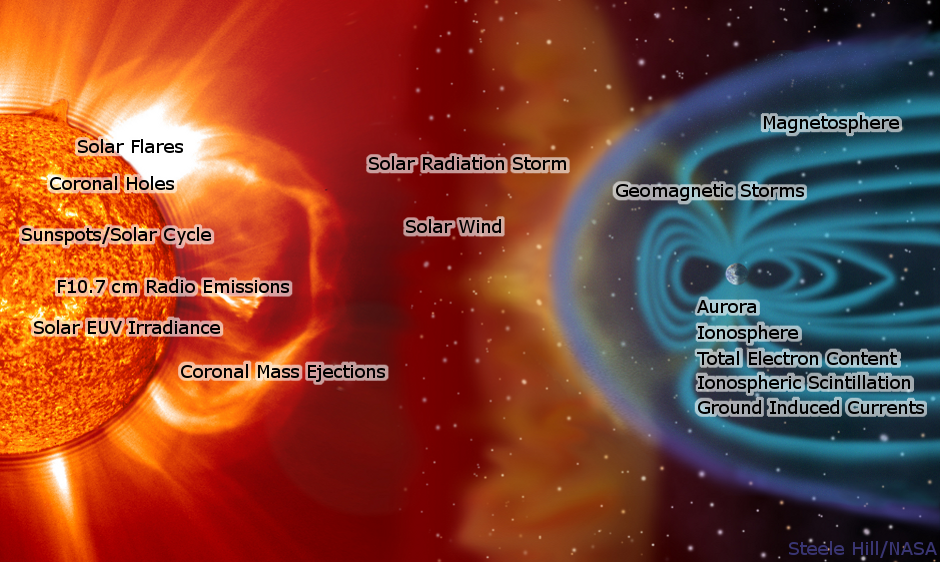

There are periods in the development of scientific knowledge during which it may be difficult to compare two conflicting theories due to their mutual incompatibility.Īs is well known, this thesis is based on the influential works of Thomas Kuhn (The structure of scientific revolutions) and Paul Feyerabend (Explanation, reduction and empiricism), who studied the issue carefully, generating great controversy and interest. The thesis of incommensurability can be formulated as follows: Incommensurability is well known as an incompatibility that holds between scientific theories that seem to compete about the explanation of some type of phenomenon. Introduction: Incommensurability as relevant terminological incompatibility Keywords: incommensurability sense reference phenomenon type scientific realism This possibility may serve as a way of fixing the subject matter of an investigation and, thus, to characterise the common ground between incommensurable paths of inquiry. In this proposal, two theories can refer to a same phenomenon type even if they are mutually incommensurable about the concepts used in them to grasp it. Phenomenon types are understood as expressions that are associated with some phenomenon and describable or understandable in some language. Based on the notion of incommensurability proposed here, the common ground between incommensurable theories is neither determined by the sense nor by the reference of the relevant terms, but by a given phenomenon type, which fixes the subject matter of inquiry. Although incommensurability between theories has been object of study during many years, there does not seem to be a clear consensus regarding the notion of meaning according to which it should be characterised. If the ice crystals are vertically aligned, a pair of bright spots called sun dogs can be spotted on either side of the halo.This is the first part of a three-part paper on incommensurability. When the light refracts at a twenty two degree angle in the sky a halo can be seen.

The halo is created by sunlight passing through ice crystals within cirrus clouds. Halo Photo from Sung Jin Cho/UnsplashĪ solar halo is a white ring that encircles the sun. This visual effect is often spotted at Niagara Falls in the winter as the light reflects off water particles that have turned to ice. A pillar of light appears above and below the light source. PillarĪ solar pillar is when the sun’s light reflects into the atmosphere thanks to ice crystals.

Typically, these natural light spectaculars are visible in high latitude regions, but a magnetic storm can increase the viewing area. The particles from the sun blow in solar wind towards the Earth causing a curtain of glowing light. Solar auroras indicate that the Earth and the sun have a connection. Aurora Photo from Sami Takarautio/Unsplash An annular solar eclipse is when the moon covers the sun except for a ring of light around the outer edge. During the new moon phase, the sun is partially or fully blocked. Eclipse Photo from Jongsun Lee/UnsplashĪ solar eclipse occurs when the moon comes between the Earth and the sun. There are currently three categories that range in effect from barely noticeable to causing radiation storms and radio blackouts across the globe. This occurs when magnetic energy releases suddenly in an explosion with the force of millions of hydrogen bombs. Flare Photo from NASA/UnsplashĪ solar flare is a bright flash of energy over the surface of the sun. Take advantage of any opportunity you get to experience solar phenomena! Solar Phenomena 1. This article will explore five different types of solar phenomena and explain how they occur. Viewing such a rare solar occurrence can be a spectacular, once in a lifetime experience. The sun may seem like an unchanging ball of plasma, but it’s really an amazing aspect of the solar system.


 0 kommentar(er)
0 kommentar(er)
